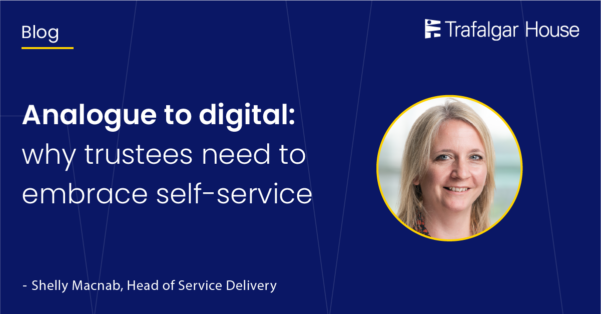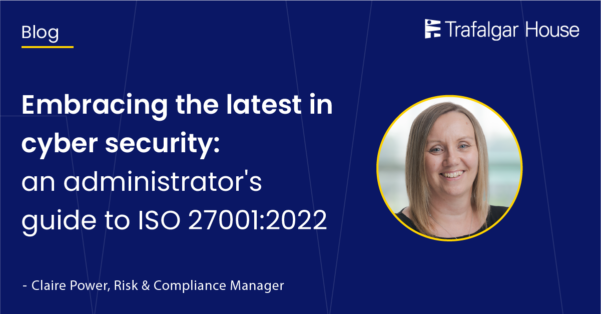

Understanding and meeting modern saver expectations
Last week, I had the privilege of chairing a panel at the annual Pensions Administration Standards Association (PASA) conference, focusing on a critical question for our industry: “How well do we understand the needs and expectations savers have of their pensions administration provider?” This discussion is crucial as it explores how we can better align our services with the expectations of members.
A significant insight from the panel was the recognition that many pension schemes lack strategic service objectives, instead focusing primarily on service level attainment, a measure that commonly uses time as its only metric. This approach can overlook deeper, more nuanced member needs. Moreover, the discussion highlighted that a one-size-fits-all service model is increasingly insufficient.
We learned that the demand for digital services is influenced more by the type and nature of the scheme’s sponsor than merely by the age of its members, creating a complex landscape of user preferences and requirements.
Our own independent research supports and expands on these discussions, exploring specific areas where members’ expectations are not fully met. For instance, technology plays a significant role, with 22.3% of members citing the availability of an app or website as the most important factor in building trust in their pension provider.
This points to a growing expectation for digital access to pension information, which is no longer just a convenience but a necessity for engaging the modern member.
Furthermore, the clarity of information is now the decisive factor in how members rate their interactions with the pension providers. Our findings show that 41.4% of those who had a positive experience cited clear information as the main reason, while 30.5% attributed their negative experiences to a lack of clarity. This demonstrates that effective communication is crucial in fostering positive member relationships and ensuring that members feel confident and well-informed about their pension choices.
A new challenge that has emerged in the digital transformation of pension services is the tension between streamlining processes and adhering to stringent legislative requirements. Legislation often introduces barriers that complicate the creation of frictionless experiences, especially in sensitive areas such as pension transfers. It’s becoming increasingly difficult to balance member desires for simplicity and speed with the complex regulatory landscape administrators and trustees must now navigate.
Additionally, concerns about cybersecurity deter some members from using digital channels, highlighting a crucial trust barrier that needs addressing. We need to carefully consider which interactions are encouraged digitally and which might benefit from remaining in traditional formats. It’s essential to support these choices with robust help systems that build and maintain trust among members.
Another key takeaway from the conference was the importance of managing expectations and providing multiple communication channels. Learning from best practices in other industries, we see that offering multi-channel options allows members to manage their pensions more flexibly, accommodating their often busy and demanding lives. This approach not only meets but anticipates the needs of our members, ensuring they can engage with their pensions in ways that best suit their individual circumstances. Well-managed, accessible, and flexible telephone support remains just as crucial as online communications for members.
In conclusion, the panel discussion at the PASA conference and our research both underscore the need for pension schemes to adopt a more strategic approach to service improvement that genuinely aligns with member expectations.
More widespread use of technology, clear communication, responsive services, and adaptable interaction options are key areas for development. Focusing on these aspects will ensure that pensions administration services continue to meet and exceed member expectations, enhancing overall experience and improving member satisfaction. By integrating insights from across different industries and continuously engaging with member feedback, we can evolve our services to better meet the modern demands of pension scheme members.
This article was first published on 15 May 2024 on Pension Funds Online.


